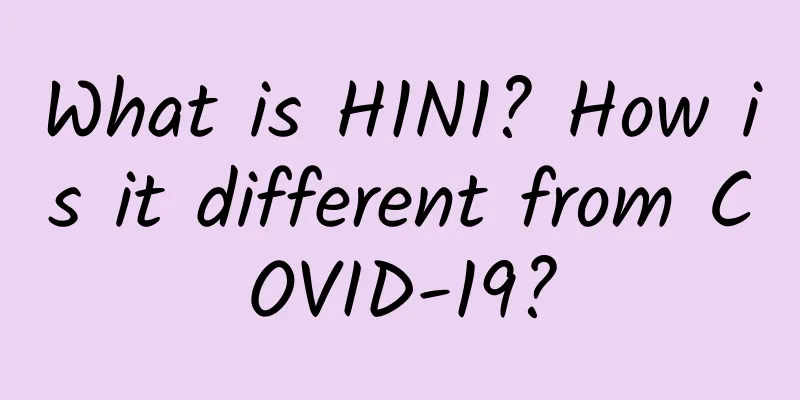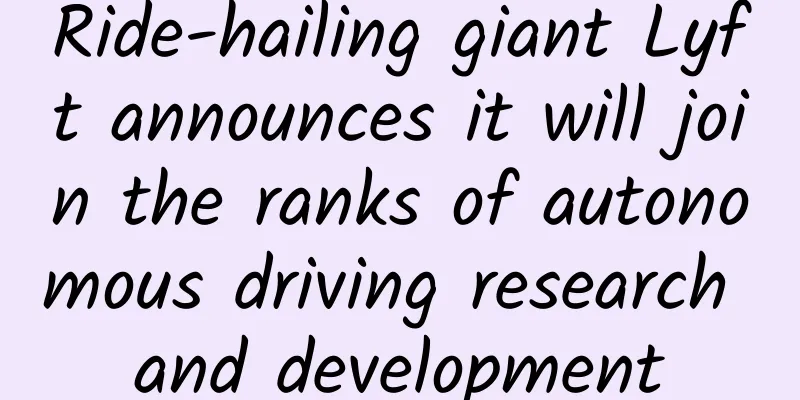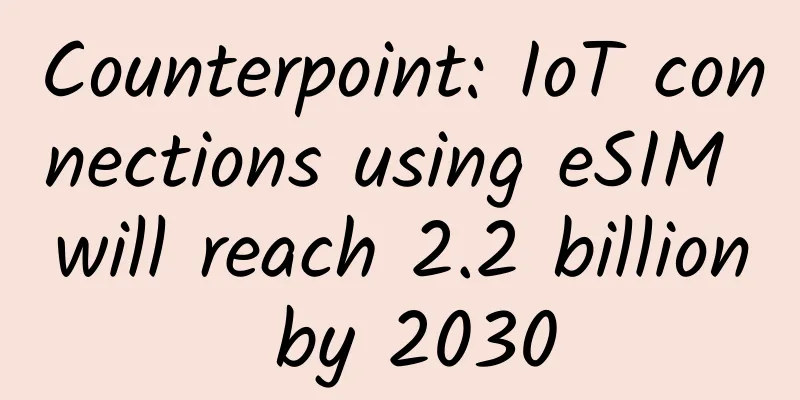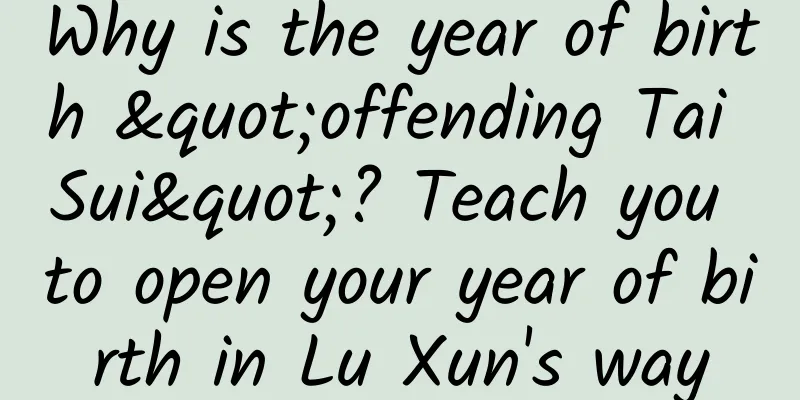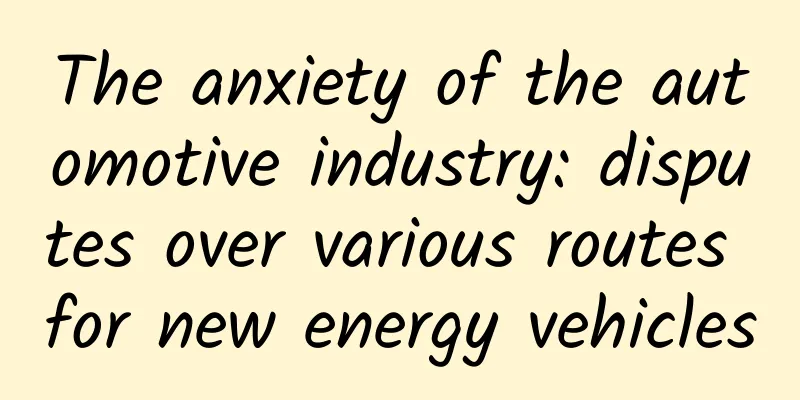Advertising marketing, how to reach users accurately?

|
Nowadays, advertisements are everywhere and pervasive. Although we forget most of them in a blink of an eye, there are always some advertisements that can attract public attention. What are the characteristics of these advertisements? Many advertisers would wonder: How much commercial energy can a particularly good advertising idea generate at most? Here is an example: The most profitable movie in the world is "The Blair Witch Project". Do you know how high the "unit input-output ratio" of this movie is? With an investment of only $60,000, the box office reached $248 million. "Avatar", "Fast and Furious" and "Avengers" did not make that much money. The only reason why "The Blair Witch Project" worked so well was because of its good advertising. The movie's advertising trailer is particularly magical: Legend has it that there is a witch living in a forest and no one dares to go in, but a few young people who don't believe in it take a DV was determined to go in, and ended up disappearing without a trace, and the search and rescue team only found the DV they left behind. What happened to them... You are only one movie ticket away from the truth, and that's the effect that advertising is meant to create. "The Blair Witch Project" doesn't have any elaborate plots or scenes, it just sells suspense, and advertising is the carrier of suspense. This case is often used as a model by European and American advertisers. The traditional advertising industry in Europe and the United States is already dying under the impact of Facebook and Google, and they want to regain the value of their own existence. Keith Reinhard (global chairman of DDB, a world-class advertising company) is a benchmark figure in the European and American advertising industry with more than 50 years of experience. He still believes that: "In this era of digitalization, the future direction of the advertising industry is not to pursue novel AI (artificial intelligence) big data, but to refocus on the fundamental issue of the industry, that is, how to tell a good story. No matter how the technology is updated, the fundamental characteristics of human nature have not changed. 'Storytelling' is the most effective way of communication in history." However, returning to the actual operational level, first-class creativity that triggers a trend is, after all, a low-probability event. What we really need to consider is “how to make efficient marketing a norm?” Here, I would like to talk about my "advertising energetics" based on some actual situations in the domestic advertising industry. 01 Advertising can be a wise wasteThe "2019 China Advertising Market Trends" released by CCTV Market Research (CTR) shows that the number of advertisers who increased their budgets in 2019 hit a 10-year low, and the increase in advertising practitioners in 2018 was the highest in 6 years. The domestic traditional advertising market accommodates nearly 5.6 million advertisers and 50,000 agencies, with an annual turnover approaching 800 billion. However, the traditional advertising industry’s cognitive capabilities and solutions have hardly changed, and the following contexts are often heard: Context 1: The traditional business of the advertising industry is struggling to maintain. The so-called traditional business is to design content and plan marketing plans based on customer needs, and after obtaining customer approval, select media where the target population is concentrated for delivery. Context 2: Advertising companies hold planning meetings all day long to discuss how to create selling points for clients' products, generate content copy, and then find the media that best matches the target users to release them. The main marketing tool is to create various hot events and then release the information through the media. Context 3: The biggest competitive advantage in the public relations and advertising industry is people. You win the recognition of customers with the intellectual services of your team. In the same public relations and advertising business, what matters is whether your plan is more creative than others and your implementation is more solid. … No matter how much effort the above strategies put in or how much resources they consume, they are merely “conveyance of information”. In my opinion, there are two core values of advertising strategies: either "triggering the customer's psychological potential" or "precisely reaching the customer's mind." The operating strategy of most advertising companies does not achieve even one of these effects. What does it mean to “trigger the customer’s psychological potential”? Let me give you an example: There is a consulting company that only serves 30 clients a year, but this year it spent a lot of money to erect a large billboard on the Beijing Airport Expressway. The company’s CEO said that he had an old client with whom he had cooperated for 15 years. They had met almost every month for more than a decade and had a very close relationship. However, the client’s impression of his company was the same as if they had just met more than a decade ago. It was not until he saw the company’s large billboard on the Beijing Airport Expressway and learned that the billboard cost more than 10 million yuan a year that he became re-acquainted with the company. If you only serve 30 customers a year, is it necessary to spend a lot of money on advertising? This is to detonate the psychological potential of customers and awaken more "sleeping customers". The consulting company CEO later figured it out: If you value detonating potential energy more, then "precision delivery" is not your thing, and there is no reward without "waste". Suppose that Rolls-Royce’s advertisements are only “targeted” to people who can afford Rolls-Royce, then they will not buy Rolls-Royce. Because the brand is a symbol of identity, only the public knows the luxurious attributes of Rolls-Royce, and only a small number of wealthy people will buy Rolls-Royce. If you have been to remote towns in Xinjiang, Gansu, Guangxi and Henan, billboards for OPPO and vivo mobile phones can be seen everywhere. They will put many signs on a building, and even every balcony in a residential building will have Oppo or Vivo signs. This kind of "waste" is to detonate potential energy. 02 “Advertising factories” are losing to “advertising machines”For a while, many companies turned advertising into industrial products. What does it mean? It's standardized stuff, mass-produced. For example, BlueFocus used to mainly serve big customers such as Lenovo Computer and Toyota Motor. Its strategy was to write articles and send them to the media to quickly roll out business. A large number of car test drive experience articles and soft articles were made into standardized products by BlueFocus. For example, Focus Media used to mainly use hard advertising for standardized delivery, placing display screens in building elevators across the country, and became a giant in domestic building elevator advertising. BlueFocus and Focus Media are both typical "advertising factories" whose main advantage is their wide coverage. However, all mass-produced standardized products have a weakness - it is difficult to "accurately reach the user's mind." In the era of mobile Internet and AI, content is moving towards "customization". When Yahoo and Sina first appeared, news information was internetized, and users could freely choose the information content; The birth of Sina Weibo has greatly lowered the threshold for content creation, and everyone can engage in "media business"; With the birth of WeChat, people began to spread the information they thought was most relevant through Moments and subscription accounts, and the media moved towards circle-based and socialized media. After the establishment of Toutiao, it fully demonstrated the artificial intelligence of collective learning through personalized information recommendation, and an information recommendation engine emerged. The evolution and iteration of social networks and new media have almost "completely fragmented" everyone's attention. At any time, the "information combination" chosen by each person is completely different. Under this major trend, the best solution to break through the marketing bottleneck has emerged - intelligent recommendation. Based on the user's interest tags, various contents that different users are interested in are presented "intelligently", corresponding to appropriate advertising information and product brands. The core product of marketing intelligence is recommendation, and Amazon can be said to be the pioneer in this field. In addition, Amazon has brought the entire retail and logistics process online, which has greatly improved retail efficiency. Amazon's intelligent marketing strategy has been completely transplanted to China by Alibaba. In 2018, the scale of China's online advertising market reached 484.4 billion yuan, of which e-commerce advertising accounted for 33.6%. Alibaba's revenue reached 138.6 billion yuan, making it the leader in China's digital advertising. It is said that Alibaba supports 70% of Shanghai's advertising circle, and there are not many advertising companies in Shanghai that have not served Alibaba. Weibo, WeChat, Douyin, and Kuaishou are also gradually combining advertising strategies with machine algorithms. In comparison, BlueFocus or Focus Media are beginning to face a crisis. Because the former relies on algorithms and is a "mass customization" of content, while the latter relies on manpower and is a "mass production" of content, there is a huge gap in efficiency and accuracy. In the past, people in advertising companies were particularly tired because everything from creative planning to media placement relied on people, and the quality of service was highly related to people's abilities. Nowadays, data algorithms have made the advertising business model more standardized. The system only needs to perform advertising matching and data analysis. This is a typical "advertising machine". "Advertising machines" are replacing "advertising factories", gradually getting rid of the non-standard service model of relying on people to plan content and then find media for placement. Labor costs have been reduced to an unprecedented level and business can be replicated quickly. 03 The rise of influencer marketing: from intelligence to humanizationThe comprehensive rise of Toutiao has triggered industry anxiety about “machine algorithms defeating advertising companies.” In fact, they all missed the point completely. The strength of Toutiao lies in the fact that it has created a “one-size-fits-all” platform tailored to user habits. This means two major changes:
I remember watching two movies last year, "Youth" and "Never Gone", and I just felt a little nostalgic occasionally. As a result, the system determined that I preferred romance movies and tried to recommend me some youth movies starring young actors. This is embarrassing. "Information Theory" divides human cognitive structure into four levels: I know what I know, I know what I don't know (shallow information), I don't know what I know, and I don't know what I don't know (deep information). Toutiao’s content matching can only target the first two relatively shallow levels. However, the breadth and depth of cognition cannot be matched by machine algorithms. It can also be said that no matter how powerful a machine algorithm is, it lacks humanity. The continued rise of influencer marketing just fills the "humanization gap" of machine algorithms. In 2015, Bain Capital conducted a survey of more than 50 companies and 10,000 customers and discovered four fundamental attributes of e-commerce products: functional, emotional, life-changing, and social impact. The more valuable attributes a product has, the higher its reputation and revenue will be. For example, Amazon performs brilliantly in terms of functional attributes and social impact attributes: it saves time, makes life simpler, reduces costs, ensures quality, and has a wide range of products. However, the emotional attributes and lifestyle attributes performed generally, and there is still a "humanization gap". Therefore, domestic first-tier e-commerce platforms are now introducing "influencer resources". For example, JD.com plans to invest at least 1 billion resources this year to incubate top influencers, and has specially set up a "JD Product Recommendation Officer." Alibaba started incubating celebrity resources very early and has already established a mature system. The real highlight of influencer marketing lies in its emotional and lifestyle attributes. Nowadays, Internet celebrities, as a unique "influence group", have even surpassed traditional stars in leading consumer fashion and trends. They are "decentralized", do not need professional packaging, do not need scouts, are closer to fans and consumers, and fans will hardly feel that they are different from you. The marketing energy brought by this resonance of emotions and lifestyles is immeasurable. After sufficient planning and preparation, IMS will also officially launch a new brand business line: IMSOCIAL celebrity accelerator. This will be the first self-media entrepreneurship accelerator in China for celebrities and MCN organizations. IMS's years of dedicated efforts in social communication and big data marketing have reached the harvest period and entered the platform ecology period. It will gather more celebrities and MCN organizations to directly access the IMS New Media Business Group's Internet celebrity resource library, allowing capital and resources to accelerate the connection with dreams. Nowadays, the rise and fall of "influencer resources" can almost determine the rise and fall of a commercial platform. If a platform has fewer and fewer celebrity node users, it only means that it is facing decline. For example, Douban is currently in this state. Platforms like Sina Weibo can still create an upward trend because they have three major celebrity nodes: celebrities, public intellectuals, and joke tellers who continuously output content and gather users. The biggest function of celebrity nodes is to output a sense of value. The content is permeated with emotional connections and lifestyle guidance, bringing a sense of happiness to users. As Don Draper, the protagonist of Mad Men, the four-time Emmy Award-winning TV series, told his clients in the first season, “Advertising is based on one thing: happiness. Happiness is the smell of a new car, the freedom of fearlessness… It’s okay to do whatever you do.” No matter how times change, the essence of marketing remains unchanged. Author: IMS Li Meng Source: Li Meng (ID: imslimeng) |
<<: Overall planning scheme for Tik Tok short video operations!
>>: Japanese animation "Crayon Shin-chan" all 1977 episodes in Mandarin and Chinese subtitles
Recommend
When influenza A strikes, doing this right is more effective than grabbing oseltamivir
Audit expert: Gu Haitong Deputy Chief Physician, ...
Super luxury cars suddenly impose 10% tax on the rich, Maserati is the most affected
On the evening of November 30, the Ministry of Fi...
Android source code advanced in-depth understanding of the working principle of Retrofit
[[422495]] This article is reprinted from the WeC...
Passwords become obsolete technology Microsoft will support unlocking computers with mobile phones
In the era of mobile Internet, online life is bec...
The 2020 Guide to Bargaining for Marketing Ads
There is a famous saying in the marketing world: ...
k12 advertising creative optimization guide!
This issue provides you with ideas for optimizing...
Our greatest creations come from borrowing, plagiarizing, and reshaping
The title comes from a TED talk by Kirby Ferguson...
How to create a hit product from 0 to 1?
Since last year, consumption has once again becom...
California dealers try to block Volvo's car subscription service
A trade group representing California car and tru...
Life is not easy, cherish every moment of it!
In the past two days, an article titled "In ...
What kind of meat is used in the grilled sausages sold on the street? Can we eat it?
We often see people selling grilled sausages on t...
Recalling the Wenzhou Radio and Television incident, will large-screen televisions face policy criticism again?
After a year, yesterday's "Focus Intervi...
Why did the first patient who received clinical treatment with penicillin die?
Guns and Roses of Penicillin History By Bill Sull...
Sogou Maps Intelligent Co-pilot Launches New Direction for AI
Artificial intelligence is undoubtedly one of the...
Science cover: 20 years later, the Human Genome Project is finally complete
This Friday, the latest issue of Science magazine...

